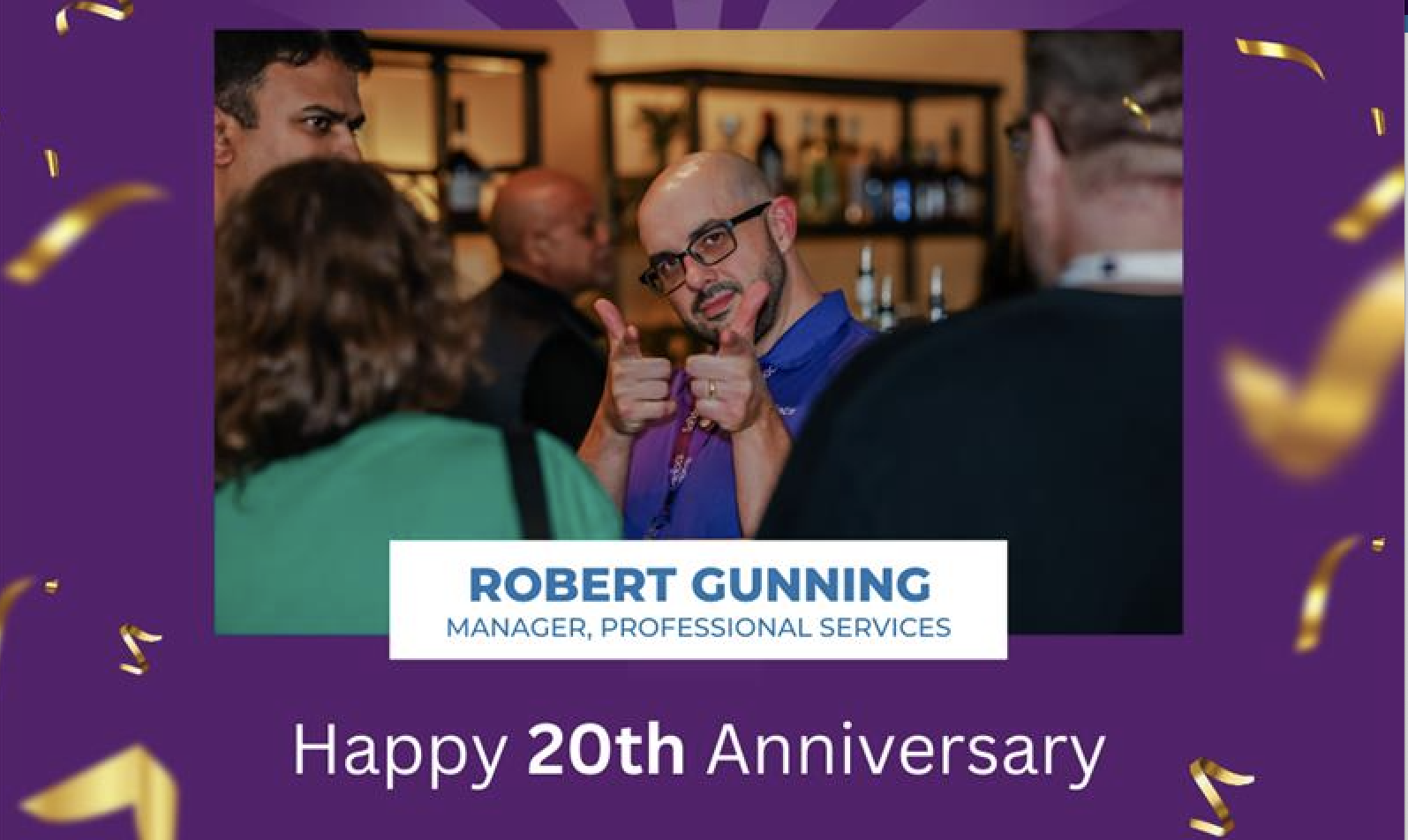Offering inclusive services is vital in today’s digital world. To accommodate the students and citizens they serve, colleges, universities, and local government entities need to ensure that their applications and websites cater equally to people with disabilities.
The Department of Justice (DOJ) recently issued a statement outlining updated provisions to the Americans with Disabilities Act (ADA).
Let's look at how these changes will affect higher education and local government. A cloud-based document management and workflow platform can help you stay compliant.
The World Wide Web Consortium (W3C) developed the Web Content Accessibility Guidelines (WCAG) as a set of technical standards to guide the creation of accessible websites. Federal agencies and departments must follow Section 508, while the ADA guides a broader audience in both the public and private sectors.
One in four Americans—around 61 million people—live with a disability, which highlights the importance of WCAG compliance. Updating websites and making them more accessible to people with disabilities is a key component of ensuring that organizations remain inclusive and accommodating to everyone.
The organization released the initial version of the WCAG in 1995. It consisted of fourteen guidelines that defined the broad principles of accessible design, including the requirement of offering equivalent alternatives to auditory and visual content. In 2008, the organization released twelve WCAG 2.0 guidelines that provided an updated list of principles with testable success criteria.
The organization established WCAG 2.0 under four core principles. Websites now have to be:
- Perceivable
- Operable
- Understandable
- Robust
Section 508 of the Rehabilitation Act formalized these recommendations into a legal statute, and an amendment required all public and private universities to comply with WCAG 2.0 AA.
The recent DOJ statement provided a third version of accessibility recommendations under the banner of WCAG 2.1. These guidelines consider the needs of individuals with visual, auditory, physical speech, cognitive language-related learning, and neurological disabilities. The new ADA provisions released in July 2023 outline three levels to WCAG: A, AA, and AAA.
- Level A has 25 success criteria. This level is considered the easiest because the requirements have the least impact on the website and app design structure.
- Level AA includes 13 additional criteria. This level requires a greater amount of commitment and can impact colors, page flow, and keyboard navigation.
- Level AAA introduces 23 additional criteria. This level requires the bulk of the web redesign work. The middle tier (AA) is the level most higher education and local government entities are trying to reach first.
In a recent webinar, Andrea Link, Senior Vice President of Engineering and Cloud Operations at Softdocs, shared some insights about the mandate that the new proposed ADA guidelines cover, its implications for higher education and local government, and how your team can level up to these impending amendments.
How to Navigate Accessibility Compliance in Education and Local Government
Join us as we dive into the evolving landscape of accessibility and compliance. We will share insights, strategies and real-world experiences to tackle the challenge of maintaining a compliant, accessible and secure tech environment for today’s students, constituents, and staff.
Duration: 30 minutes

Before updating your technology, you need to know how your current tools meet the latest ADA guidelines.
“There are multiple free extensions that can help you quickly and easily evaluate the accessibility of your organization’s website and applications, including Siteimprove, a free web extension for Chrome,” Link said. “We use this here at Softdocs, in addition to Accessibility Insights and WAVE, which are integrated within our browsers. All three highlight the specific problem, how it might impact someone with a disability, and which element you might want to improve to fix the issue.”
These tools allow your compliance team to easily assess how well your current website and apps meet the A, AA, and AAA levels of WCAG 2.1. They also make it so that it’s easier to fix shortcomings without further evaluation. Using these tools, you can directly reference a specific rule within WCAG 2.1 and the specific success criteria for remedying it.
Once you understand the rule and what must be done to satisfy it, you can select and implement a fix. Using multiple checkers at this stage can be beneficial, as they each have proprietary engines and don’t always return the same results. It is also useful to test each change using both a keyboard and screen reader so that you’re using your website or app in the same way that someone with a disability would. This will ensure a smooth user experience for everyone.
The WCAG 2.1 principles are not standalone. For local governments, especially, accessibility intersects with other key priorities, such as cybersecurity.
There is a nexus between accessibility and cybersecurity. Especially since the COVID-19 pandemic, local government departments provide many of their services, programs, and activities through their websites and mobile applications. When these are not fully accessible, it creates barriers for people with disabilities. They might be unable to access tax information or absentee ballots, which can also create data security issues. If other people have to help, it exposes their most personal and private information.
Andrea Link, SVP, Engineering & Cloud Ops Softdocs
The updates to the provisions of WCAG 2.1 have similar implications in higher education. During the peak of the COVID-19 pandemic, many colleges and universities shut down or severely restricted in-person operations. Students had little choice but to accommodate remote learning.
As schools’ IT departments strove to get everyone online as fast as possible, accessibility was often an afterthought. As a result, the services failed to meet the entire student body’s needs. The 2020/21 EDUCAUSE student technology report revealed that one in three students with disabilities were dissatisfied with how higher education institutions provided content and technology accommodations during this trying time.
The federal government has recognized challenges in the online space and made efforts to update its guidelines accordingly. Amending the sections of the ADA that apply to accessibility will officially adopt the technical guidelines of WCAG 2.1 level AA. This is required for all internet-based services provided by state and local governments, public colleges, and universities.
The guidelines will remove ambiguity and create a clear set of standards for organizations to follow when creating websites and applications. The goal is to ensure accessibility for all, especially people with disabilities.
“Although full compliance with the AA level is becoming the law, every guideline met makes a website or an application easier to use,” Link said. “Partial support of a guideline is a step in the right direction. It lays a path for future improvement and shows your organization’s commitment to supporting everyone.”
Another way to improve services for people with disabilities is to partner with external vendors who demonstrate a strong commitment to accessibility.
At Softdocs, our team continually evaluates our process automation platform to ensure that it meets the needs of all users and that data is accessible and secure.
To learn more about how Softdocs can help your organization meet compliance standards, contact us today.
Softdocs
Tags


